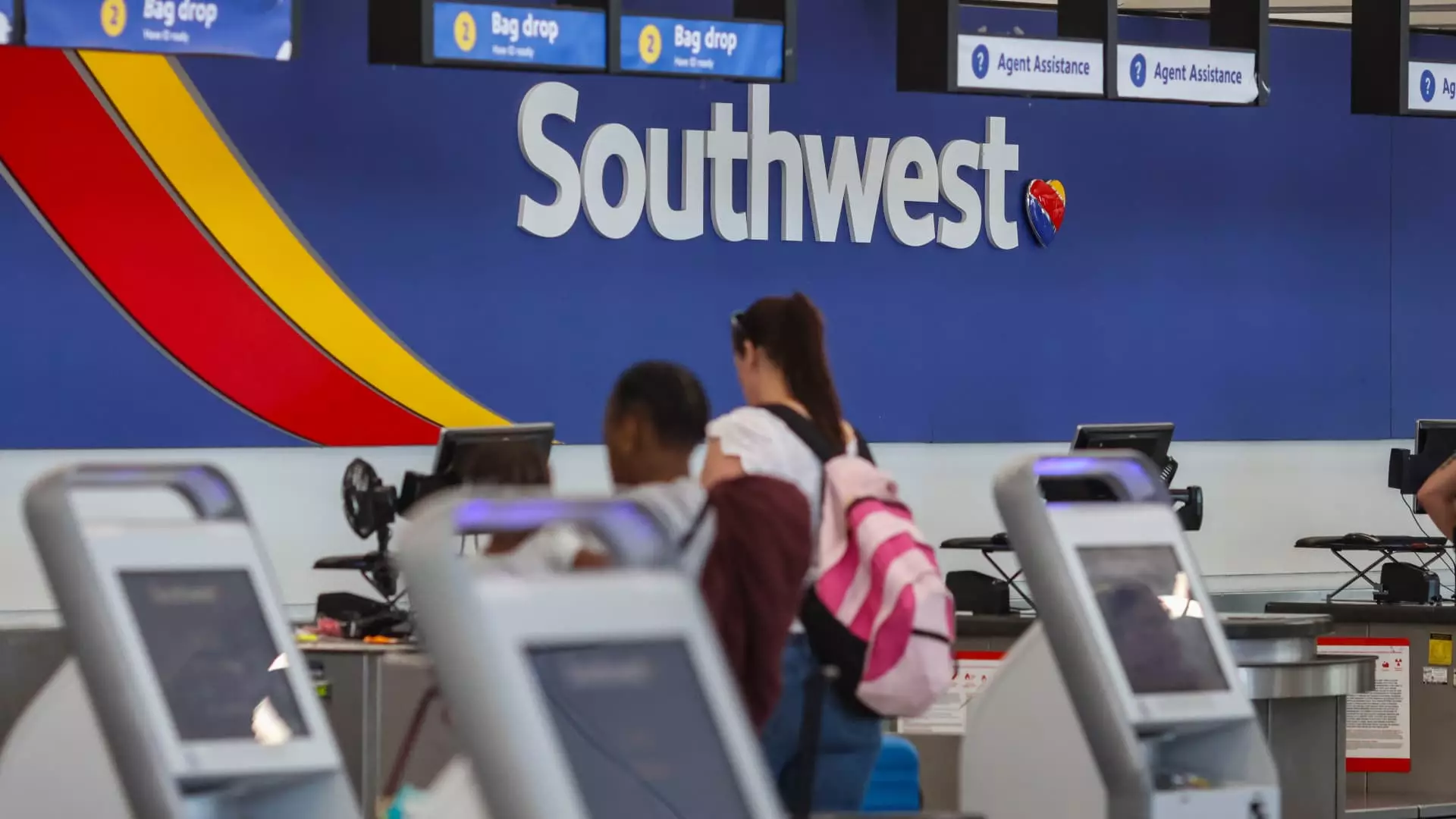In recent developments within the aviation sector, Southwest Airlines is making significant adjustments to its operations in Atlanta, Georgia. This comes as a response to both financial pressures and shifts in market dynamics in the airline industry. As one of the largest airlines serving the United States, Southwest’s decisions not only affect its workforce but also resonate through the broader industry, indicating changing customer behaviors and economic conditions. The move to reduce service in Atlanta—where Southwest has been a prominent player—underscores the airline’s focus on economic sustainability amidst mounting pressures from activist investors and increasing competition.
The Details of the Operational Cuts
According to a memo reviewed by industry insiders, Southwest plans to trim its roster by over 300 positions, primarily impacting pilots and flight attendants. The company is not shuttering its Atlanta crew base but will require its employees to adjust to new bidding processes, relocating to other bases as needed. This operational contraction includes reducing the number of city connections serviced from Atlanta, slashing the destinations from 37 to just 21 by April 2025. Moreover, the decision to cut gate access from 18 down to 11 signals a strategic retreat in a highly competitive landscape dominated by Delta Air Lines, which also significantly operates out of Atlanta, recognized as one of the busiest airports globally.
Acknowledging Employee Contributions
Southwest has emphasized that these changes are not reflective of the employees’ performance. In a statement to their team, the airline acknowledged the dedication and hospitality their staff have demonstrated in their service to customers in Atlanta. It is essential for leaders in corporate settings to maintain morale during turbulent times, and by explicitly praising their employees, Southwest aims to mitigate discontent and foster a sense of loyalty amongst the remaining staff. This approach is crucial not only for retaining talent but also for retaining the company’s identity and customer-first philosophy, which has traditionally set Southwest apart from its competitors.
Looking beyond Atlanta, Southwest is also expanding its service to Nashville and introducing overnight flights from Hawaii, which are aimed at tapping into lucrative travel routes. This dual strategy of cutting unprofitable routes while expanding into thriving markets illustrates a calculated gamble as they seek to realign their business model with current customer demands and profitability objectives. Southwest’s spokesperson reiterated the airline’s commitment to optimizing their network, suggesting that this reshuffling is part of a larger vision to maximize both operational efficiency and revenue streams in an ever-evolving landscape.
As Southwest faces various challenges, including changing booking patterns and logistical issues stemming from aircraft delays, there is an ongoing pressure to adapt quickly. Notably, Boeing’s ongoing troubles with its 737 Max 7 model have introduced additional hurdles for the airline. This situation reflects broader industry-wide disruptions that airlines must navigate, highlighting the necessity for strategic planning and flexibility. Moreover, given that Southwest had previously experimented with expanding into less profitable markets during the pandemic, the company’s current pivot underscores the need to recalibrate in response to shifting travel trends.
Ultimately, Southwest Airlines’ decision to amend its service in Atlanta encapsulates the difficult balancing act that airlines must perform as they navigate financial distress and evolving market conditions. While the reductions may initially appear alarming, the company’s innovative moves toward enhancing service in other regions and refining operating budgets demonstrate a pathway toward recovery and resilience. As Southwest embraces these transitions, it retains an opportunity to solidify its place in the competitive U.S. airline market. The next few years will certainly be telling as Southwest adapts to both challenges and opportunities that rise from this period of transformation.

Leave a Reply